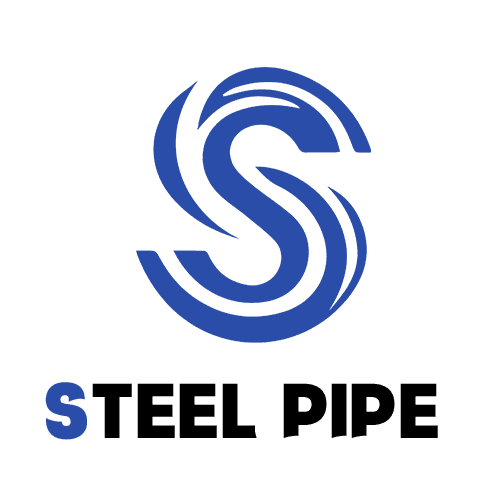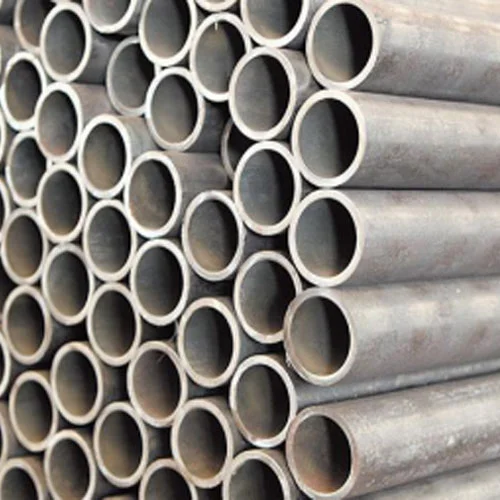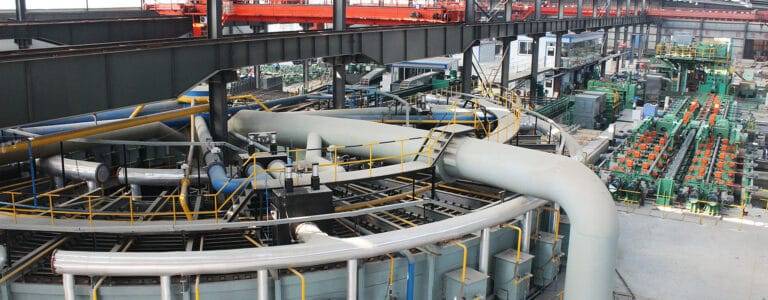Welcome to My Blog!
Before we dive into the content, I’d love for you to join me on my social media platforms where I share more insights, engage with the community, and post updates. Here’s how you can connect with me:
Facebook:https://www.facebook.com/profile.php?id=61559060896490
Now, let’s get started on our journey together. I hope you find the content here insightful, engaging, and valuable.
Introduction
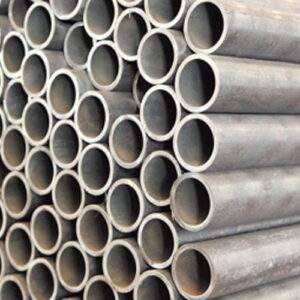
Mechanical tubing is a fundamental component in countless industrial applications, from construction and automotive to aerospace and energy. The dimensions of this tubing play a critical role in determining its performance, durability, and suitability for a specific application. In this comprehensive guide, we will delve into the intricacies of mechanical tubing dimensions, exploring topics such as nominal diameter, wall thickness, and the factors influencing these dimensions. We will also discuss the importance of understanding these dimensions for engineers, designers, and procurement professionals.
What are Mechanical Tubing Dimensions?
Mechanical tubing dimensions refer to the physical measurements of a tube, including its outer diameter, inner diameter, and wall thickness. These dimensions are crucial for engineers and designers when selecting the appropriate tubing for a particular application. Factors such as the fluid or gas being conveyed, the operating pressure and temperature, the required flow rate, and the desired level of structural support all influence the choice of tubing dimensions.
Nominal Diameter vs. Outside Diameter
One common point of confusion is the difference between nominal diameter and outside diameter. Nominal diameter is a standardized designation used for identifying tubing sizes, often expressed in inches or millimeters. It is a convenient way to reference tubing, but it does not necessarily correspond directly to the actual physical dimensions of the tube. Outside diameter (OD), on the other hand, refers to the actual measurement of the tube’s outer circumference.
It’s important to note that nominal diameter and outside diameter are not always the same. The difference between the two can vary depending on the type of tubing and the manufacturing standards used. For example, in some cases, the nominal diameter may be slightly smaller than the outside diameter, while in others, it may be slightly larger. Understanding the relationship between nominal diameter and outside diameter is crucial for accurate calculations and selecting the appropriate tubing for a given application.
Wall Thickness and Its Significance
The wall thickness of a tube is the distance between the inner and outer surfaces. It is a critical dimension that affects the tube’s strength, weight, and resistance to pressure. A thicker wall provides greater strength and pressure resistance, making it suitable for high-pressure applications. However, a thicker wall also increases the weight of the tubing, which may be a concern in certain applications.
Conversely, a thinner wall offers more flexibility and lower weight. It is often used in applications where weight is a primary consideration, such as in aerospace and automotive industries. However, thinner-walled tubing may not be suitable for high-pressure or high-temperature applications.
The choice of wall thickness depends on a variety of factors, including the material of the tubing, the operating pressure and temperature, the required flow rate, and the desired level of structural support. Engineers and designers must carefully consider these factors when selecting the appropriate wall thickness for a particular application.
Factors Affecting Mechanical Tubing Dimensions
Several factors influence the selection of mechanical tubing dimensions:
- Material: The material of the tubing, such as stainless steel, carbon steel, aluminum, copper, or plastic, affects its strength, weight, corrosion resistance, and cost. Each material has its own unique properties and is suitable for different applications.
- Application: The intended use of the tubing, whether it’s for conveying fluids, gases, or heat transfer, will determine the required dimensions. For example, tubing used for high-pressure hydraulic systems requires thicker walls to withstand the pressure, while tubing used for low-pressure pneumatic systems can have thinner walls.
- Pressure Rating: The maximum pressure that the tubing can withstand is a critical consideration. The pressure rating is determined by the material of the tubing, the wall thickness, and the manufacturing standards.
- Temperature Rating: The operating temperature range will affect the choice of material and wall thickness. Some materials, such as certain types of plastic, may not be suitable for high-temperature applications.
- Corrosion Resistance: If the tubing will be exposed to corrosive environments, a material with appropriate corrosion resistance must be selected. Stainless steel and certain types of plastic are commonly used in corrosive environments.
- Flow Rate: The required flow rate of the fluid or gas will influence the inside diameter of the tubing. A larger inside diameter allows for higher flow rates.
- Structural Support: In some applications, the tubing may need to provide structural support, such as in a framework or a support structure. In these cases, the wall thickness and material of the tubing must be sufficient to withstand the loads.
Standard Dimensions and Tolerances
Mechanical tubing is produced in a wide range of standard dimensions, which are specified in industry standards such as ASTM and ASME. These standards provide guidelines for the nominal diameter, wall thickness, and tolerances for various types of tubing.
The table should include information on the most common types of mechanical tubing, such as carbon steel, stainless steel, and copper. It should also provide information on the typical range of nominal diameters and wall thicknesses available for each type of tubing.
It is important to note that standard dimensions may not always be available for all types of tubing. In some cases, custom tubing may be required to meet specific application requirements.
Custom Tubing Dimensions
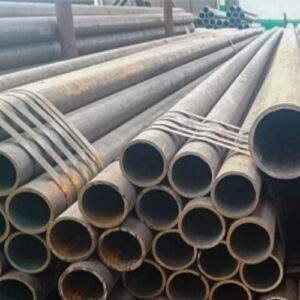
In many cases, standard tubing dimensions may not meet the specific requirements of an application. In such situations, custom tubing can be manufactured to exact specifications. Custom tubing offers greater flexibility in terms of dimensions, materials, and tolerances.
Custom tubing can be produced in a variety of ways, including bending, cutting, threading, and welding. The manufacturing process will depend on the specific requirements of the application.
Conclusion
Understanding mechanical tubing dimensions is essential for engineers, designers, and procurement professionals. By carefully considering factors such as nominal diameter, wall thickness, material, and application requirements, it is possible to choose the optimal tubing for any given project.
It is important to work closely with tubing suppliers to ensure that the selected tubing meets all of the required specifications. By doing so, you can help to ensure the success of your project.
FAQ
What is the difference between NPS and OD?
NPS (Nominal Pipe Size) is a standardized designation, while OD refers to the actual outside diameter.
How do I calculate the wall thickness of a tube?
Wall thickness can be calculated by subtracting the inner diameter from the outer diameter and dividing by 2.
What are the common units of measurement for mechanical tubing dimensions?
Common units include inches, millimeters, and metric sizes.
How do I select the right material for my application?
Consider factors such as strength, corrosion resistance, temperature rating, and cost when selecting a material.
Can I get custom tubing made?
Yes, custom tubing can be manufactured to specific requirements.
